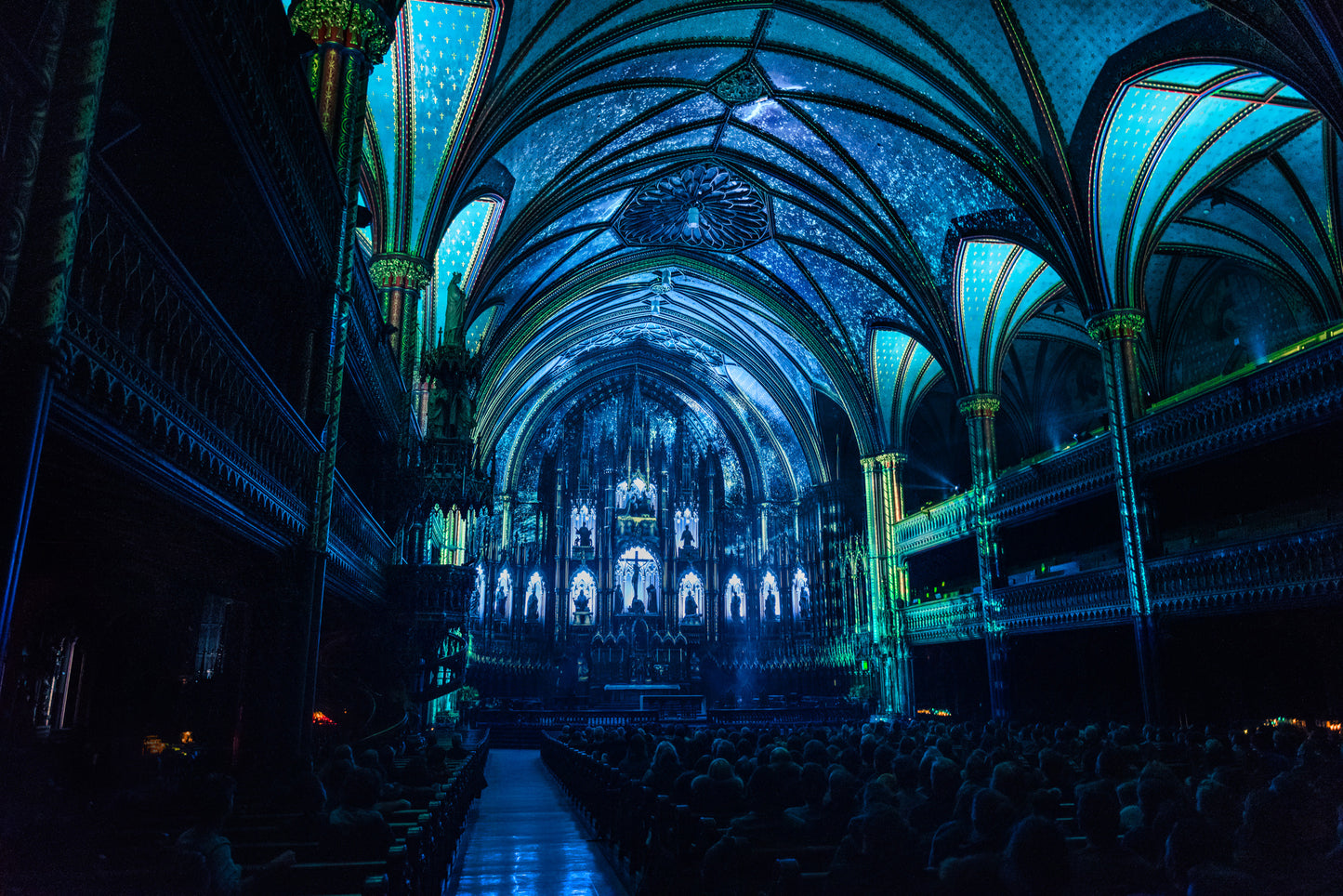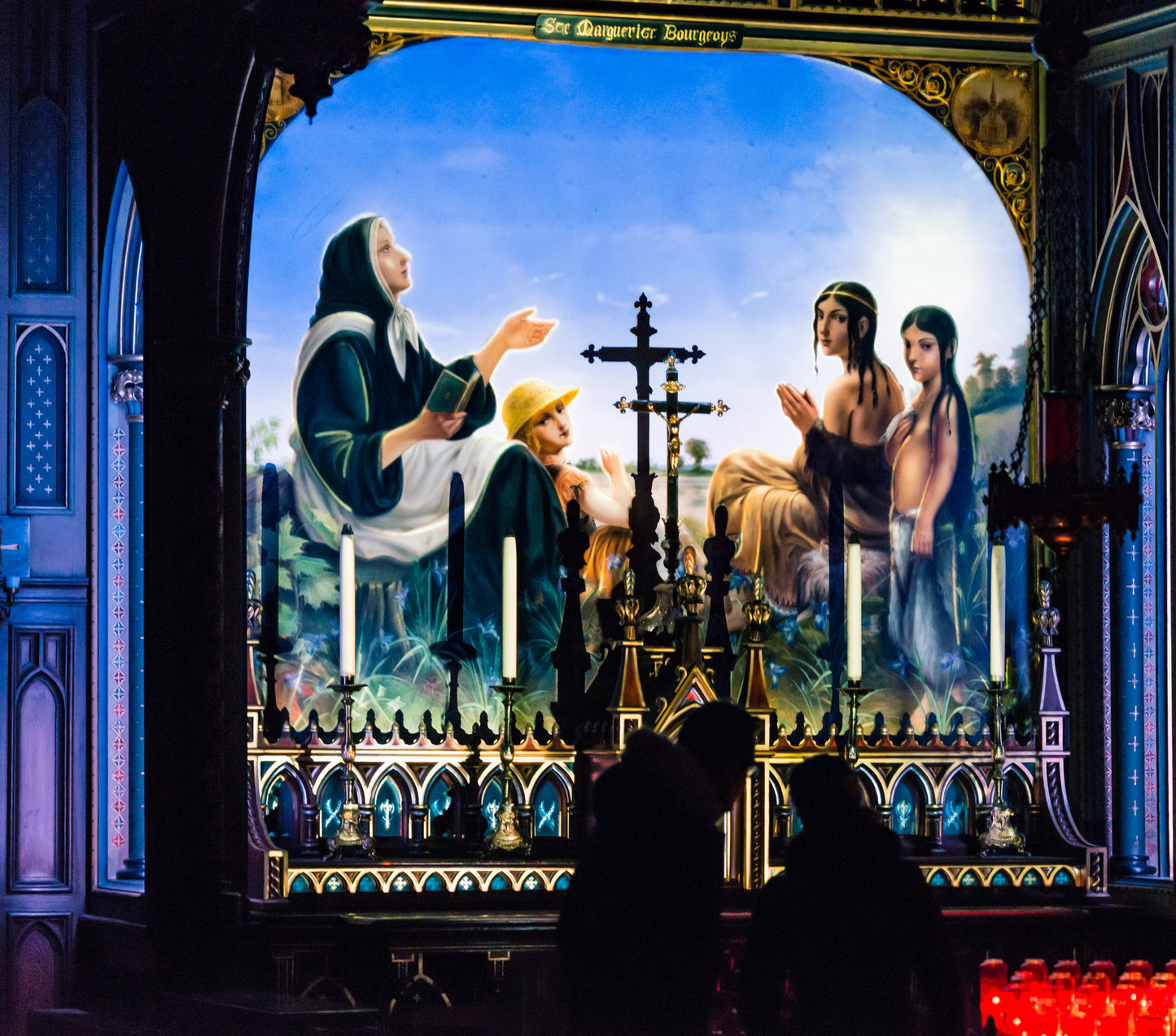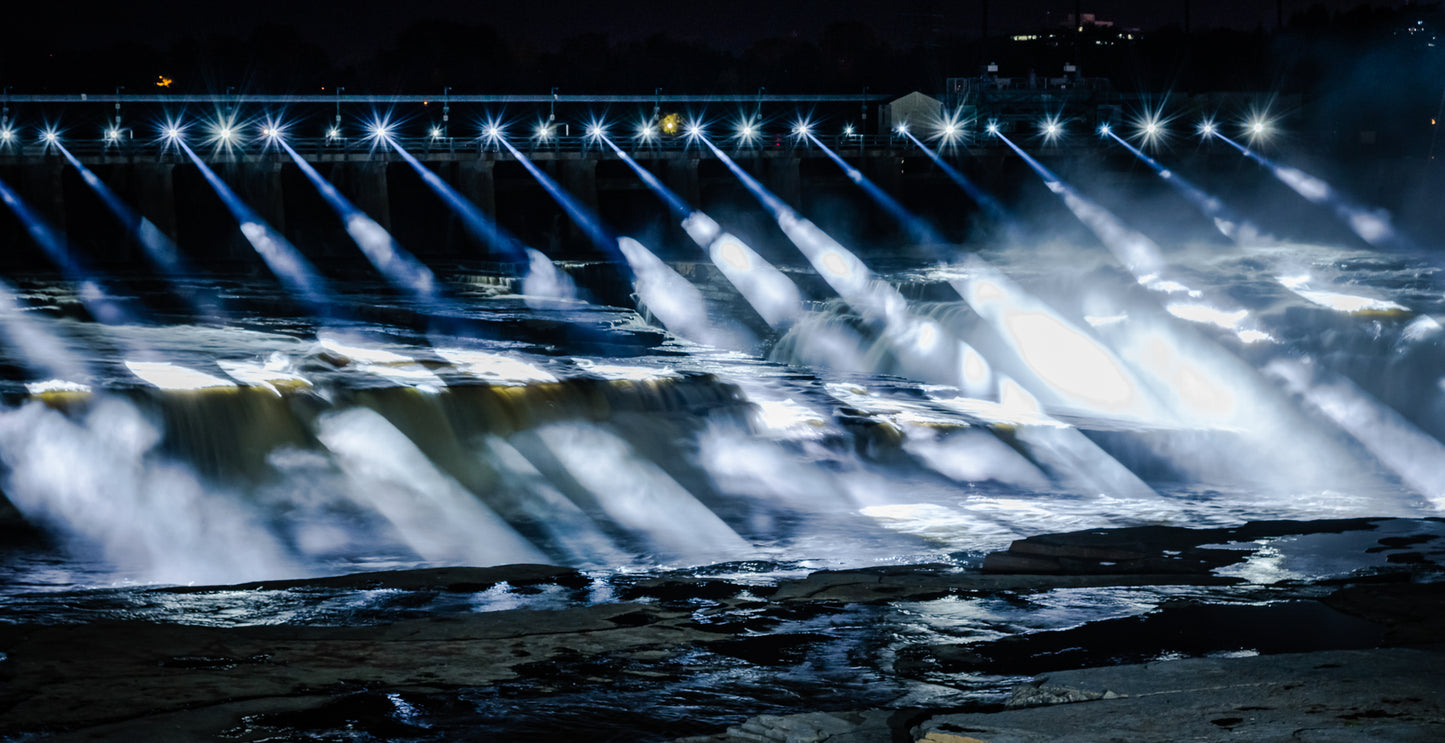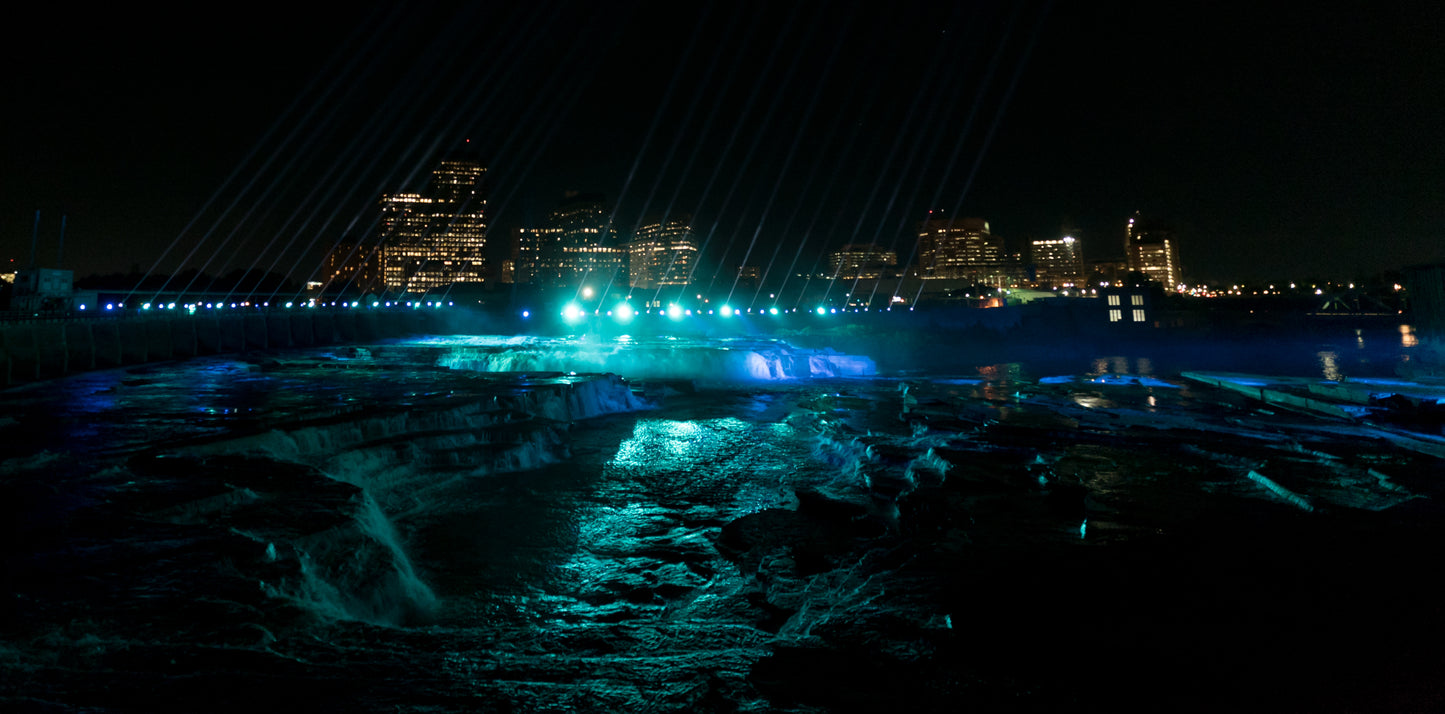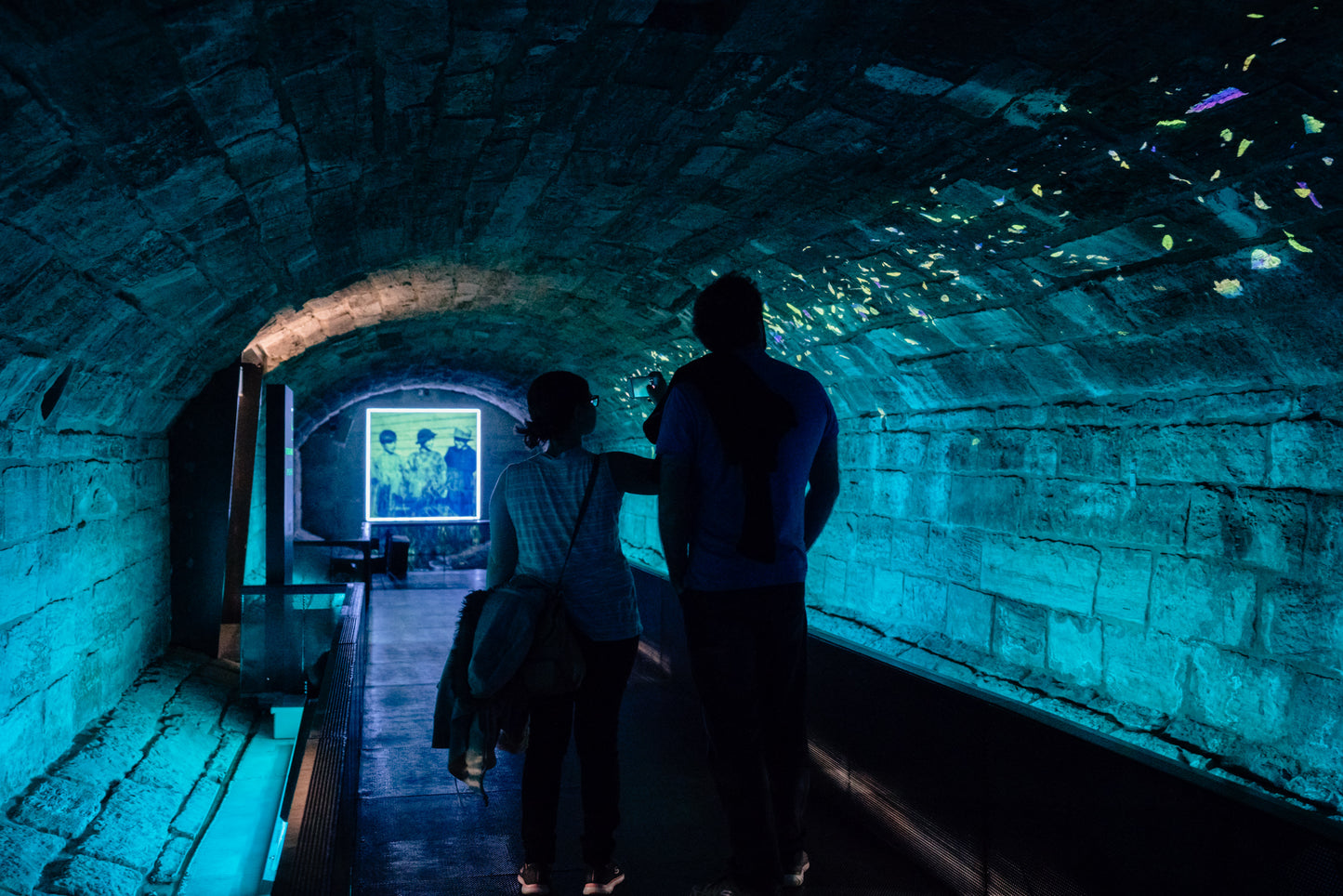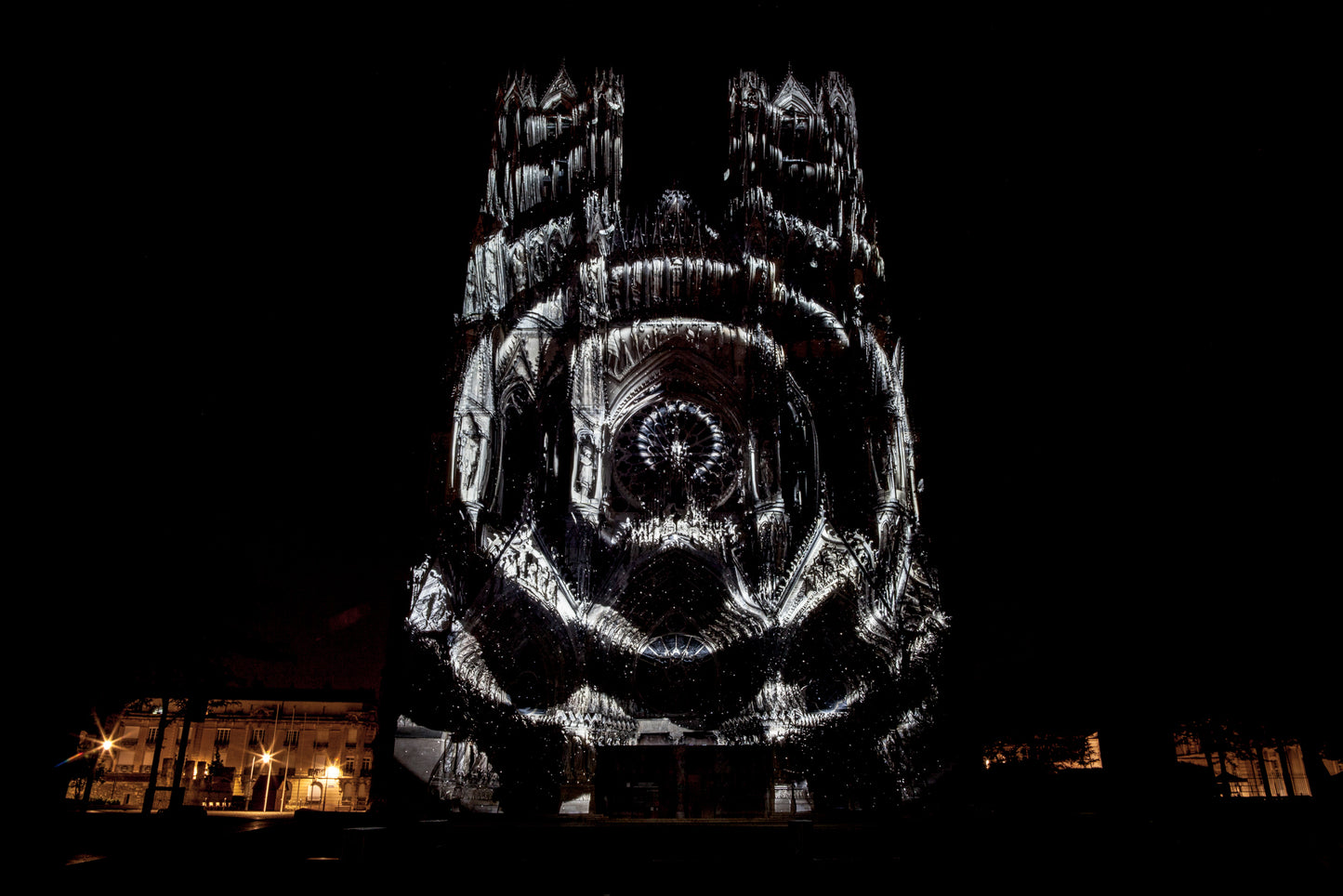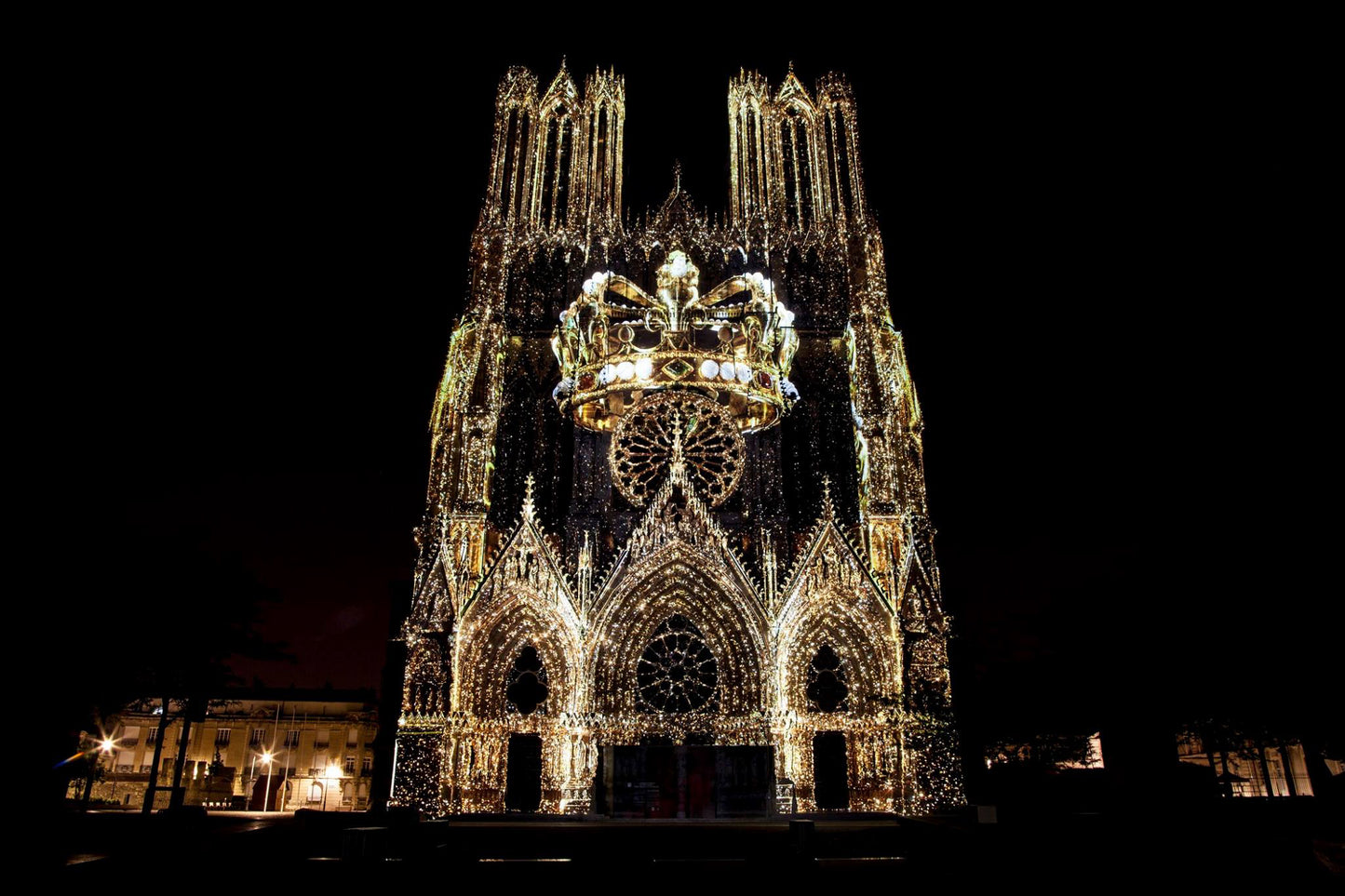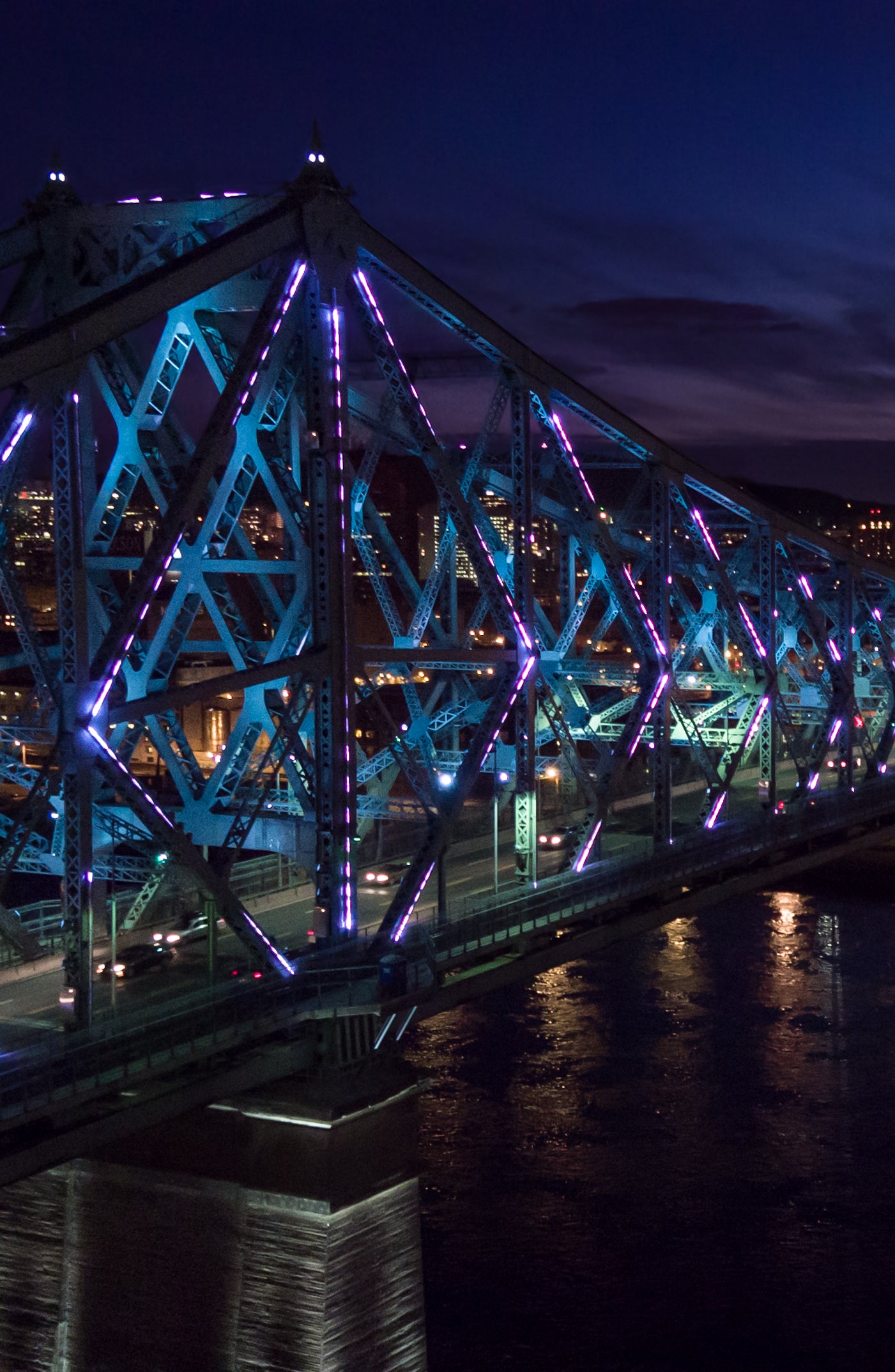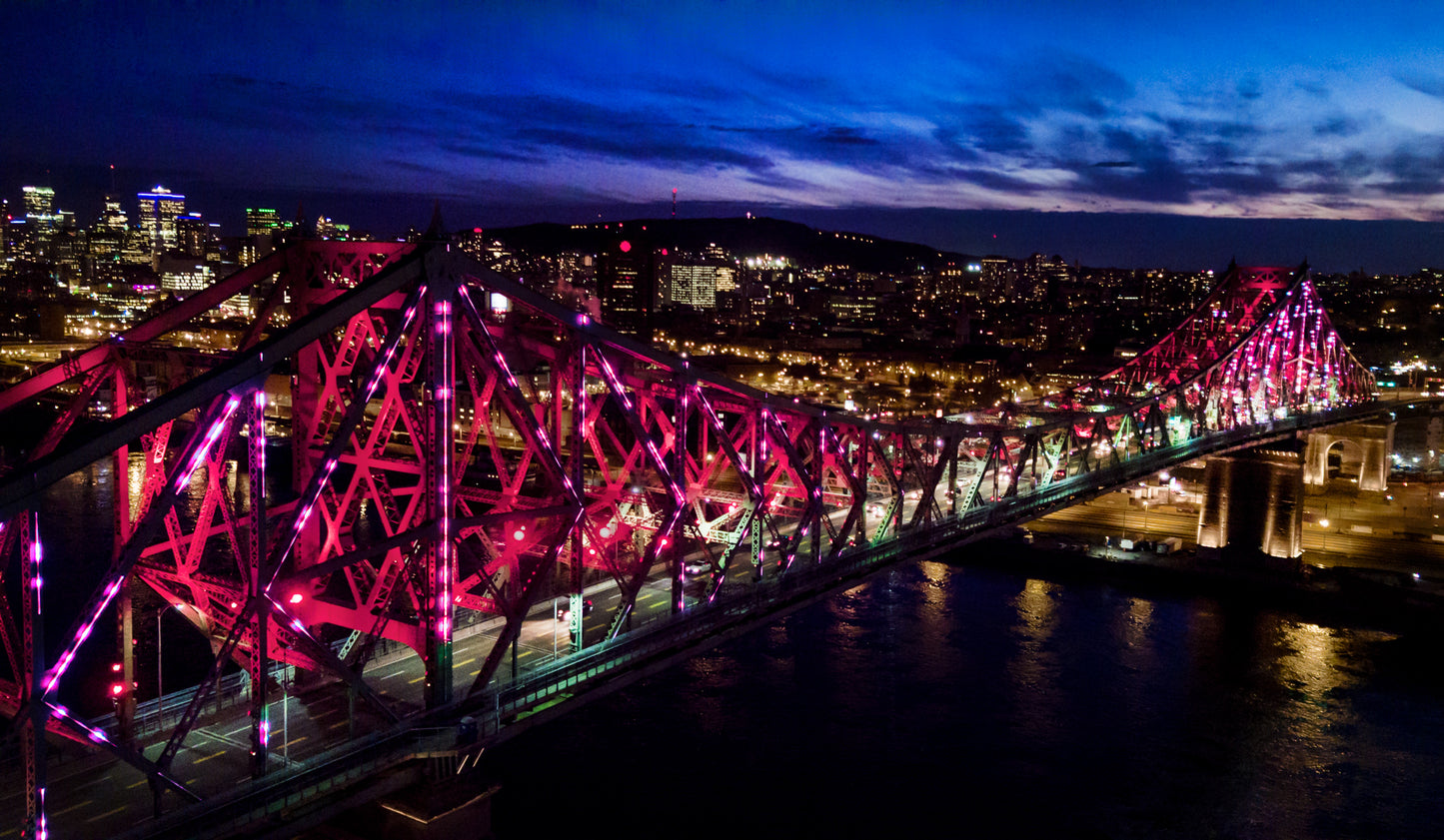Landmarks have the power to turn places into global tourist destinations. But for locals, they tend to blend into the backdrop of daily life. The non-stop rhythm of the work-eat-sleep-repeat routine leaves little time to pause and explore the local scenery. When vacation time comes, people often opt for a change of scenery altogether.
As the coronavirus outbreak and visitor restrictions interrupt international travel, the tourism sector faces the unique challenge of attracting the hometown crowd and regional neighbours. How can cities and officials entice locals to rediscover the cultural landmarks in their own backyard? How can the ordinary be made extraordinary again? How can the ignored be made front of mind?
Shine a new light on cultural landmarks
Multimedia entices locals to see their landmarks in a new light. Light installations and sensory experiences restore the spirit of a place that often gets lost in the daily shuffle. By highlighting the beauty and illuminating the cultural value of these symbolic spaces, residents are able to see them from new and forgotten angles. Regular visitors are invited to rediscover all the richness these places have to offer.
Projects like the light and sound signature AURA show at Notre Dame Basilica in Montreal, demonstrate the power that monuments have to attract international visitors and boost domestic tourism. The permanent show welcomes guests to see the church’s artwork and architecture in a new way through an epic and immersive show designed to stir universal emotions and themes. The broad appeal of the experience attracts millennials and guests of every age, including younger generations who are typically less inclined to visit churches.
Notably, in 2018, 55 percent of the show’s visitors came from across Canada, including Montrealers and day-trippers from within Quebec. AURA has been met with international acclaim, with more than 700 articles about the experience shared in over 25 countries worldwide. But while the show has achieved international reach and success, it’s also been embraced by locals as a new way to engage with their culture and heritage.
In 2012, Ode à La Vie brought the citizens of Barcelona together to celebrate the life and work of Antoni Gaudi with a multisensory tribute projected on the façade of his masterpiece, the Sagrada Familia. To ensure the sound and light experience would capture the love and pride locals have for the cultural landmark, extensive research went into the project, including meetings with historians and church officials.
The end result was a 15-minute show that attracted a crowd of more than 32,000 visitors. As Gaudi once said himself, “To do things right, first you need love, then technique.”


